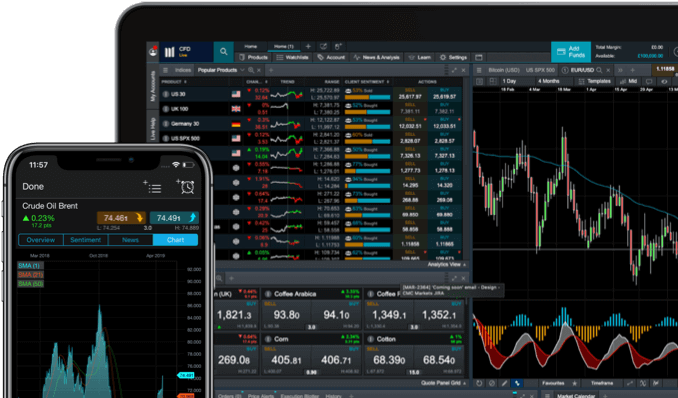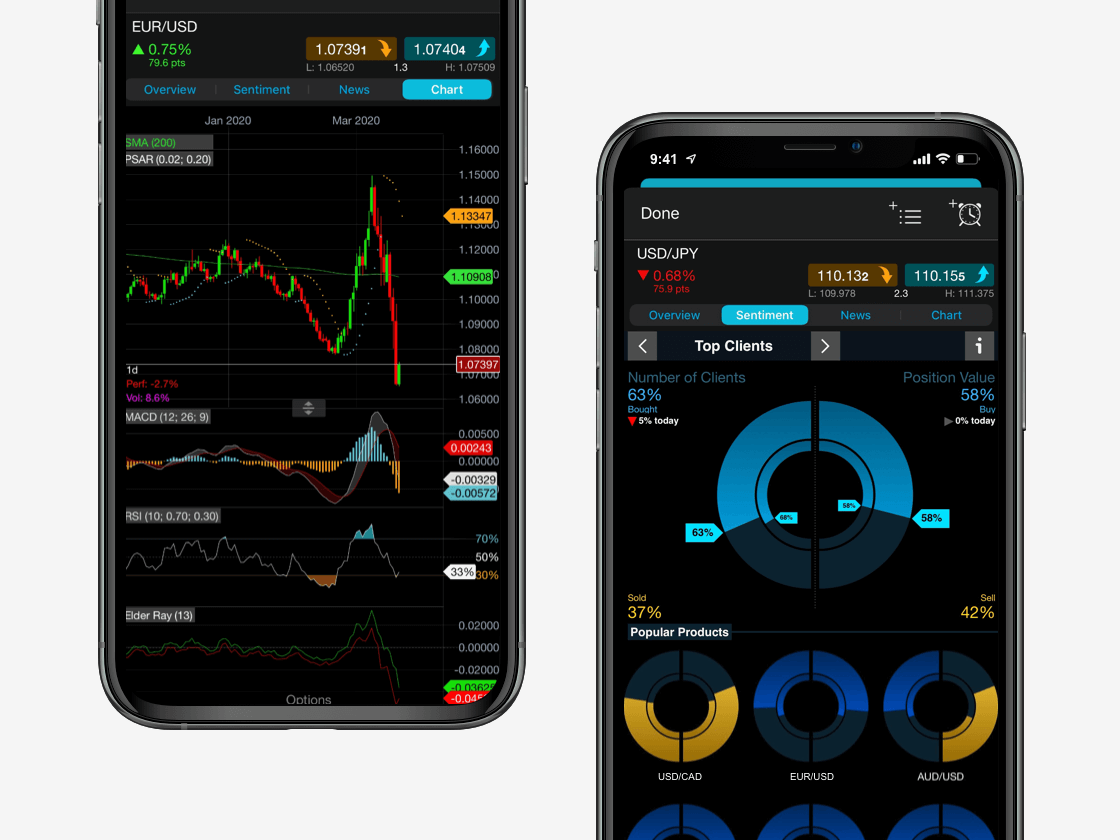A stop-loss order is a market order that helps manage risks by closing your positions once the instrument/asset reaches a certain price. A stop-loss aims to cap an investor’s losses on a position.
A stop-loss aims to cap your losses by closing you out of the trade once your pre-determined figure has been reached. The stop-loss order you’ve set will stay in effect either until it’s triggered, cancelled or your position is liquidated. There are 3 different types of Stop Loss. (1) Regular Stop-Loss (2) Trailing Stop-Loss (3) Guaranteed Stop-Loss
Regular Stop-Loss. If the instrument’s price falls below your threshold, your stake in the instrument will be sold at the next available market price. By occurring automatically once your limit is reached, it provides an exit plan, preventing you from losing any further capital on that position.
Regular Stop-Loss can also be used to reduce margin on certain products with Margin Reducing enabled, when the Stop Loss price is set above or below threshold price indicated, the system will enable Margin Reduction for the specific order.
Trailing Stop-Loss order will follow, or ‘trail’, the price of a trade as it fluctuates. The trailing stop is set a percentage, or a specific number of points, away from the current market price, which accommodates for the fluctuation in the asset’s value, as the stop-loss adjusts.
For example, on a buy trade, the trailing stop will rise as the price of the asset rises, staying a pre-set distance away. If the market then begins to fall, the trailing stop remains at its new higher level. These stops aim to lock in profit by moving in the direction of a winning trade, while ensuring a cap is in place, in case the trade doesn’t go in your favour.
Likewise to a Regular Stop-Loss order, a Trailing Stop-Loss does not guarantee that you’ll exit the position on the price you set. If the market gaps or you experience slippage above or below your set stop-loss, your position will be closed at the next available price.
Guaranteed Stop-Loss offers complete certainty that a trade will close out at the exact price you set your stop, without running the risk of slippage, you can pay a premium for a Guaranteed Stop-Loss order. The premium is based on the current market price, and if the GSLO is not triggered, it’s refunded in full.
This is a robust risk management tool if you’re concerned about the market volatility or gapping, but can be cancelled or switched to a regular stop-loss order, or trailing stop, at any time.
The stop-loss level is determined by the trader, who might take into account fundamental analysis factors like current underlying market conditions and the likelihood of slippage occurring. Slippage in trading is the difference between the expected price and the actual price the trade was executed at. This can occur at periods of high market volatility, such as major news releases and events, when either entering or exiting the trade.
The stop-loss order lasts until either a) the stop-loss level is reached, b) the stop-loss is removed without closing the trade, or c) the trade is closed.





